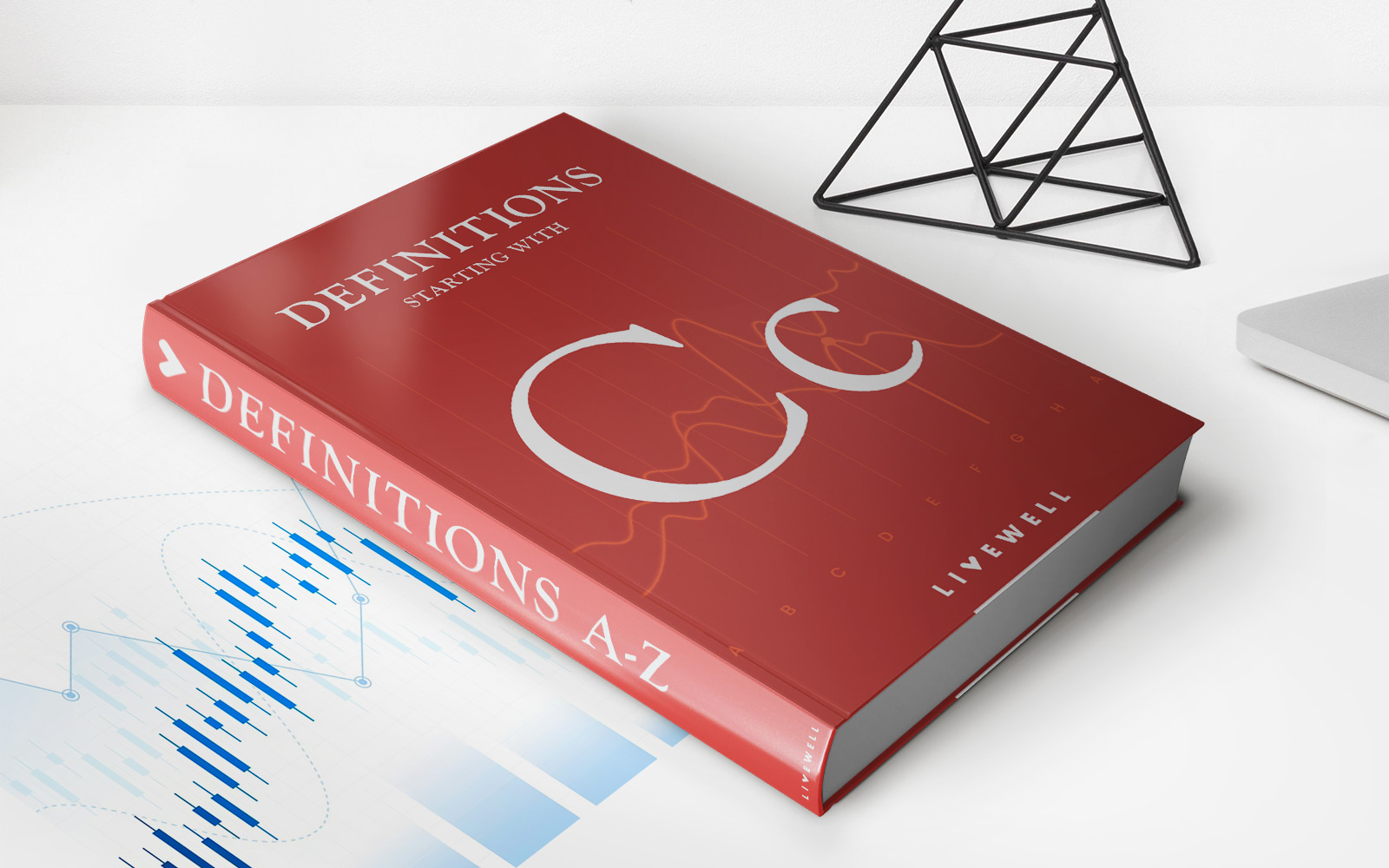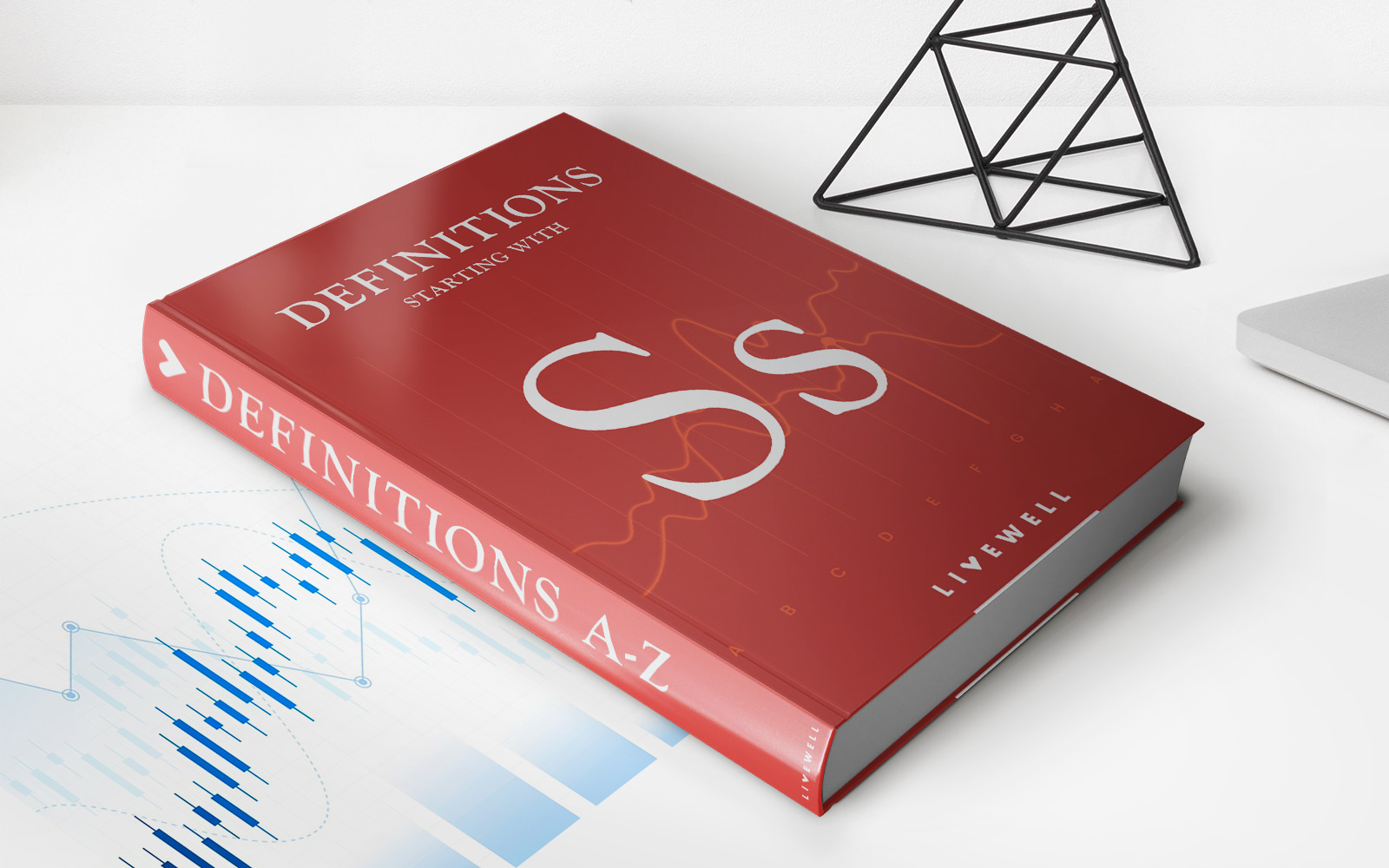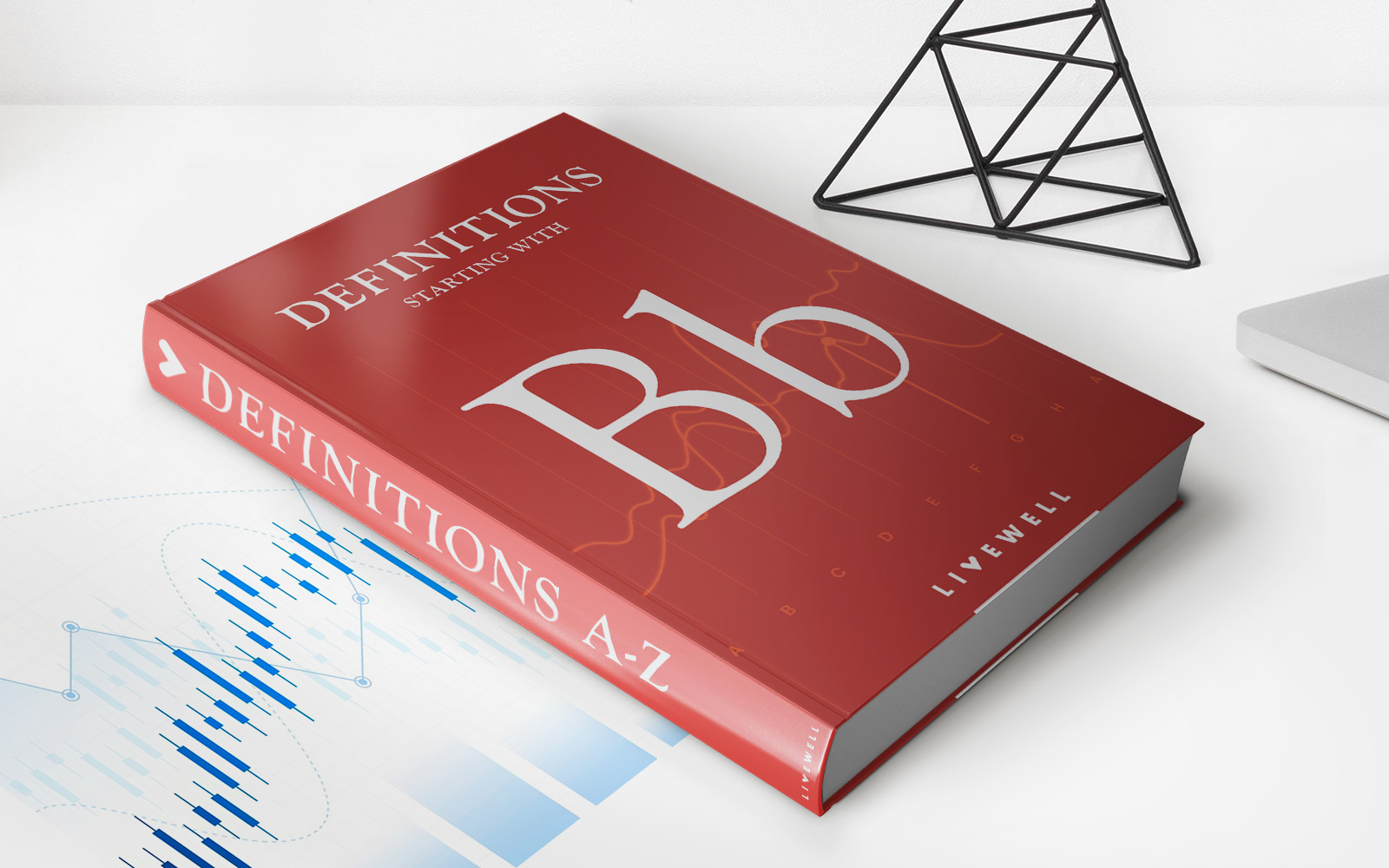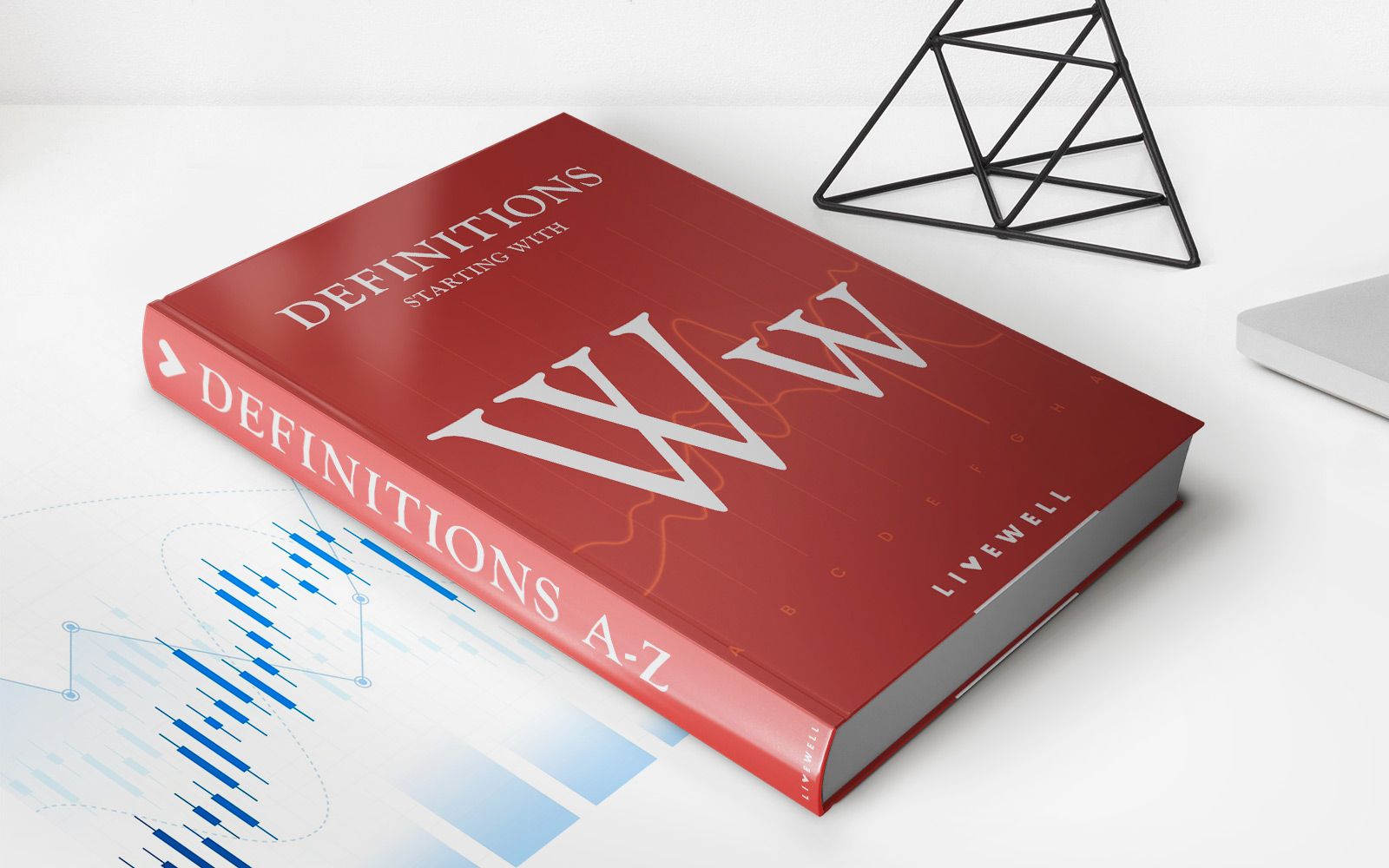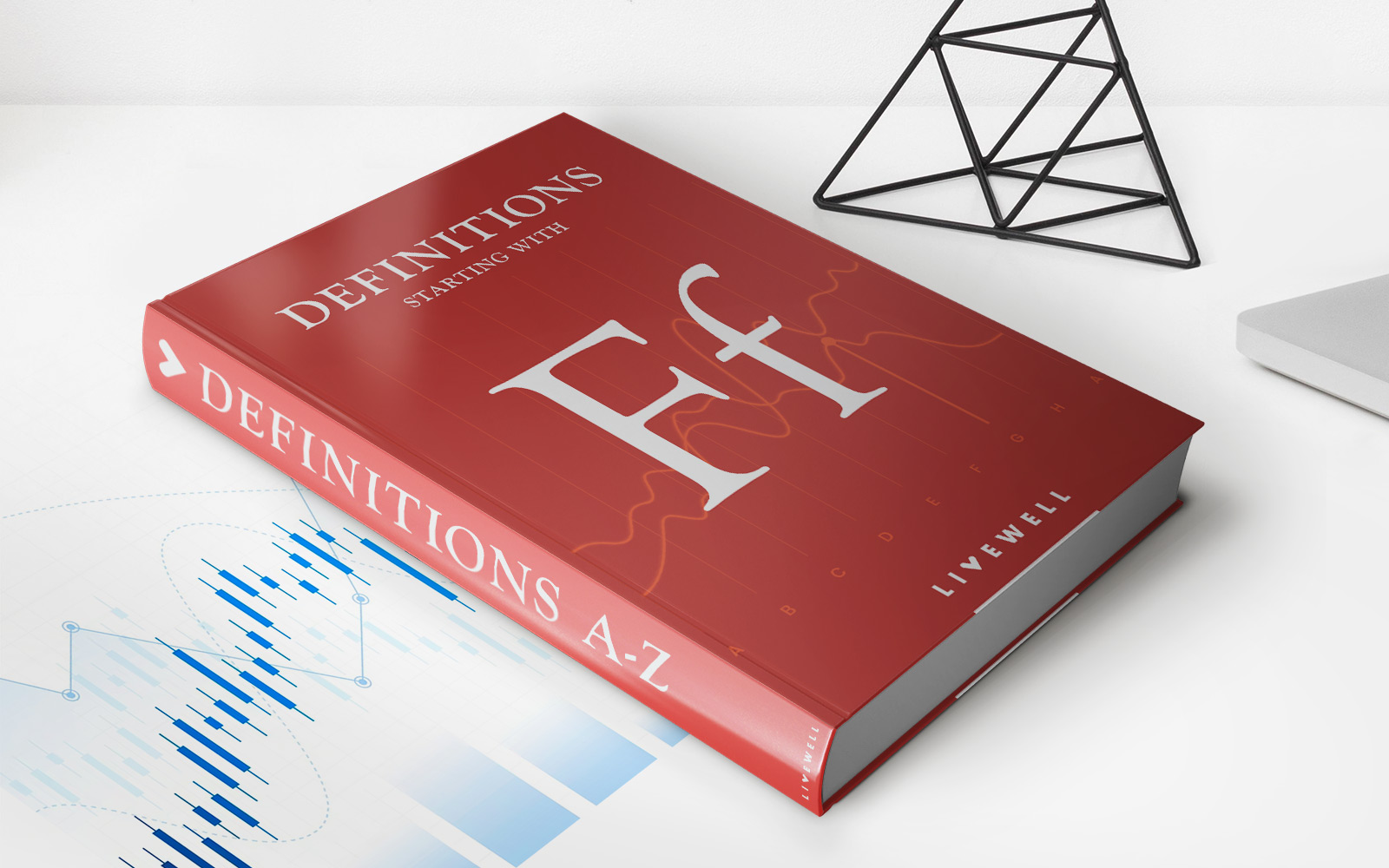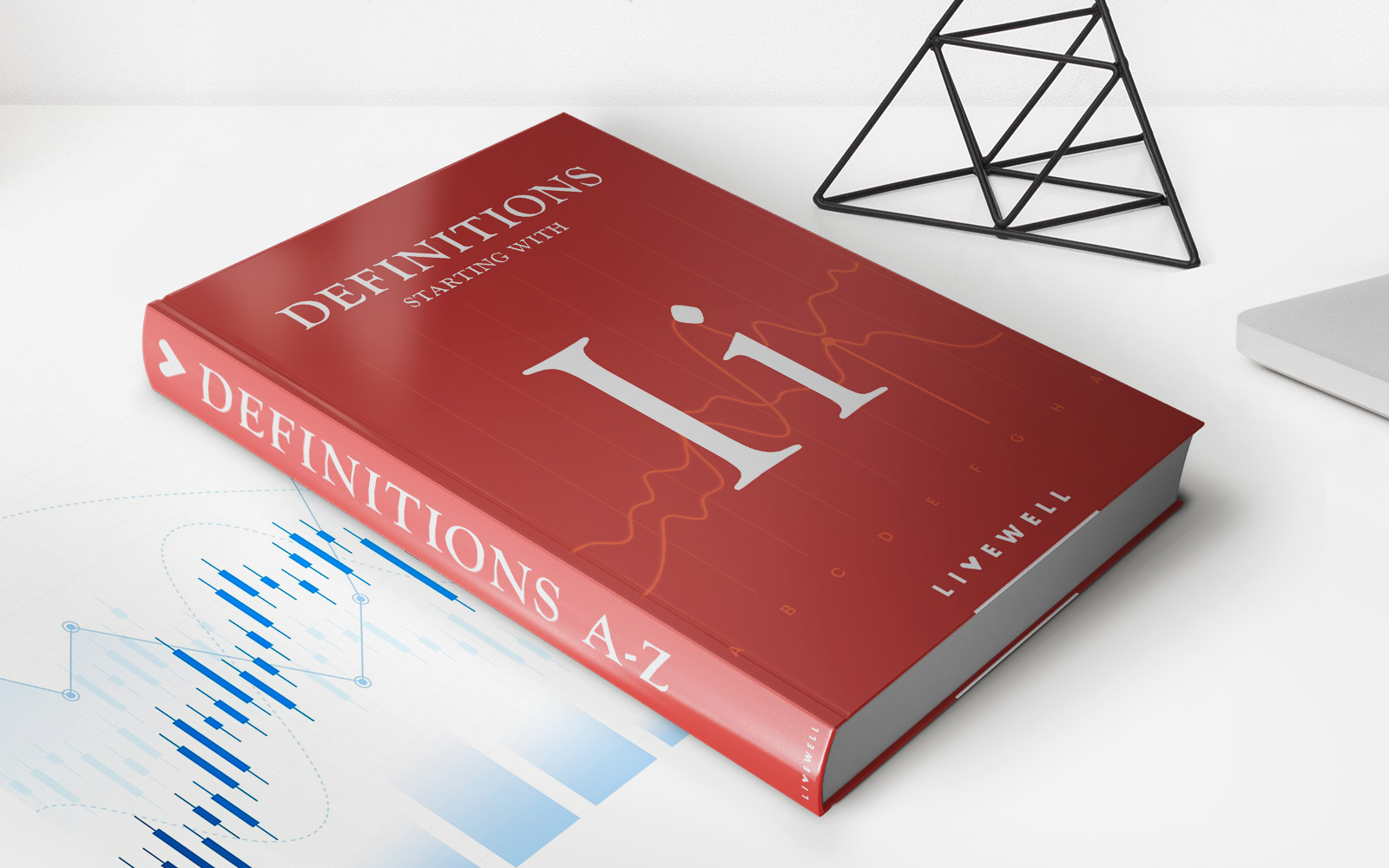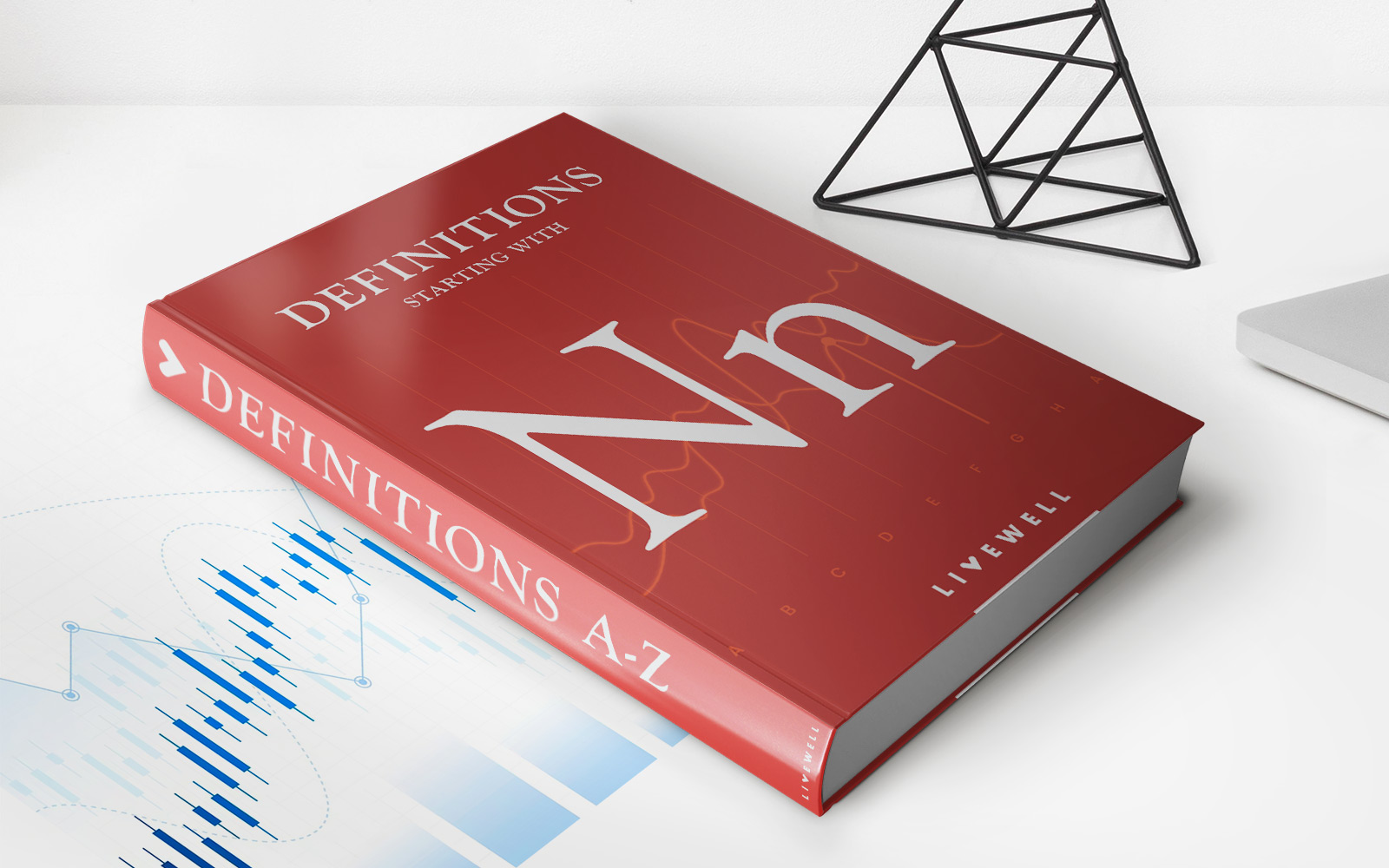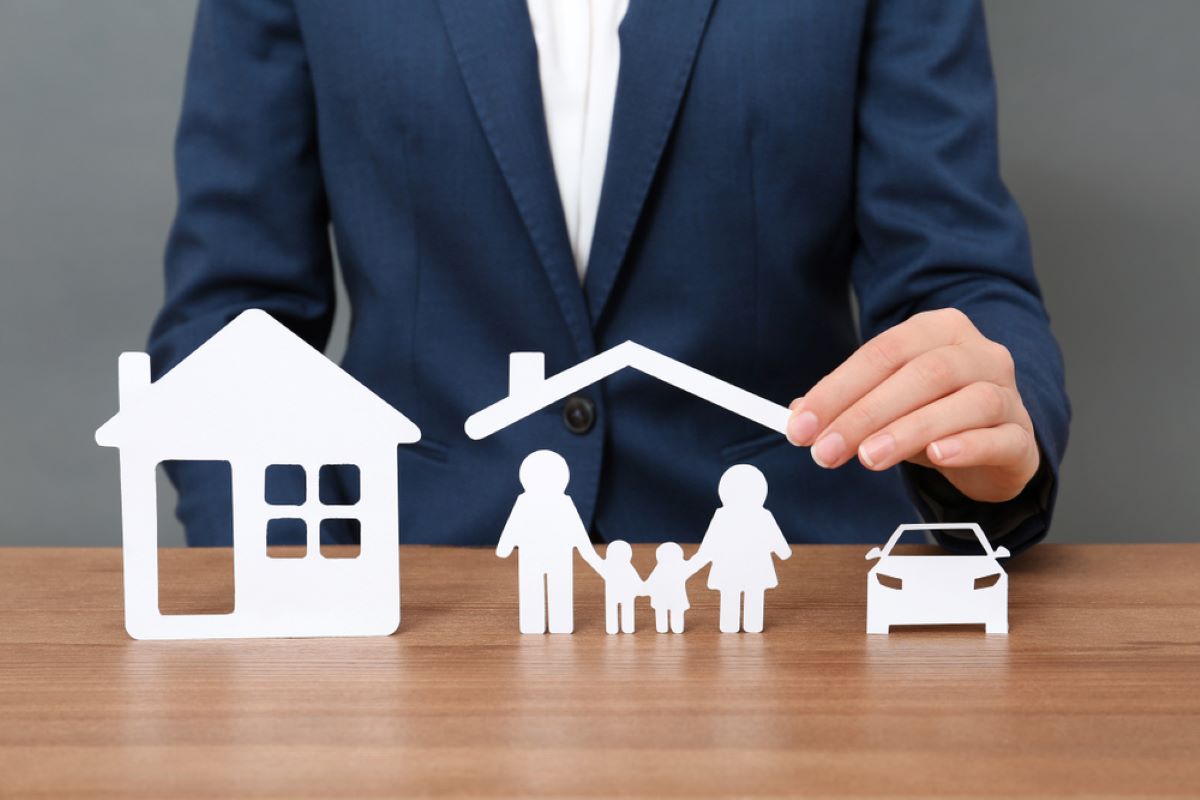Home>Finance>Economic Cycle: Definition And 4 Stages Of The Business Cycle
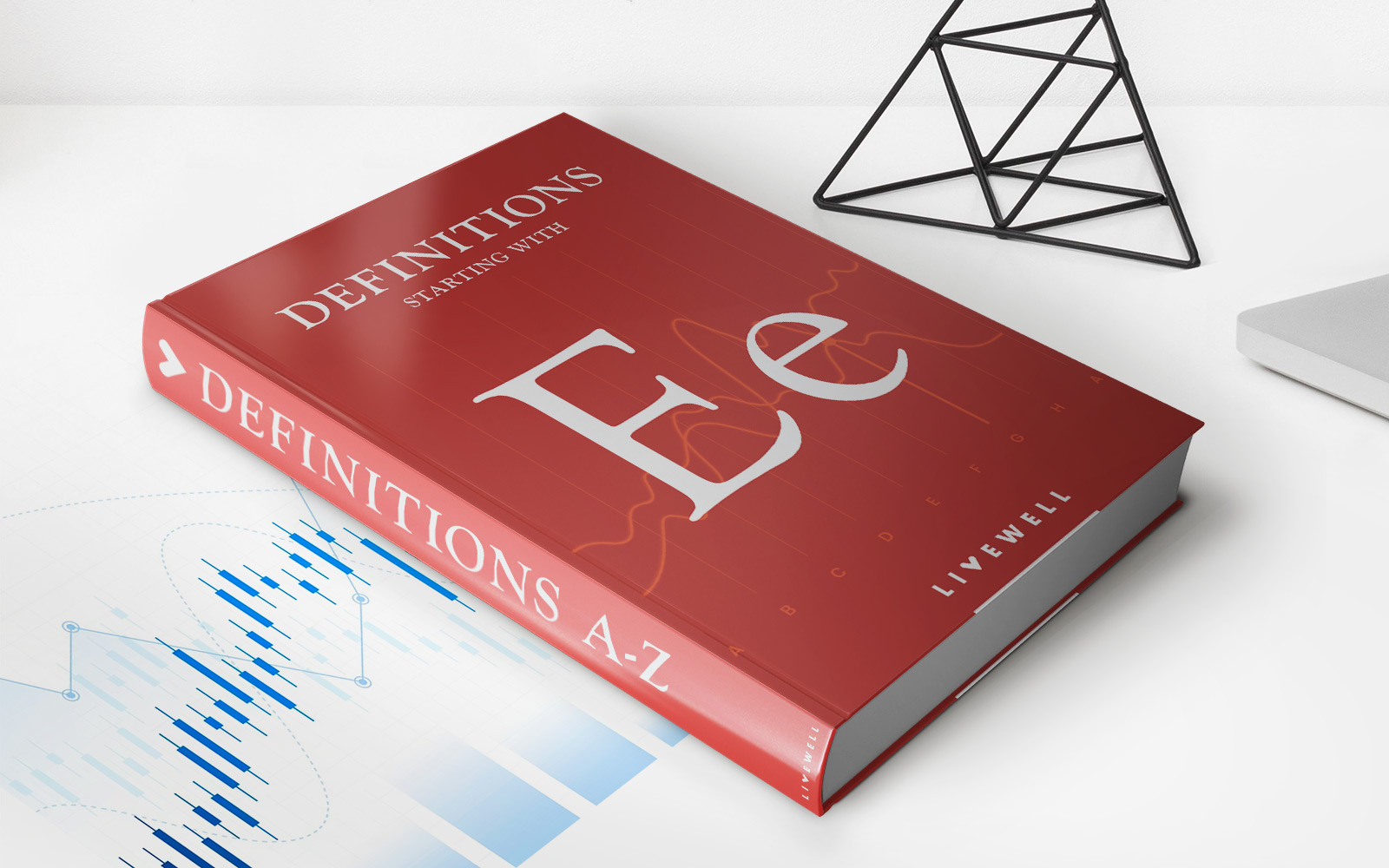

Finance
Economic Cycle: Definition And 4 Stages Of The Business Cycle
Published: November 16, 2023
Understand the finance aspect of the economic cycle with a clear definition and explore the four stages of the business cycle for a comprehensive understanding.
(Many of the links in this article redirect to a specific reviewed product. Your purchase of these products through affiliate links helps to generate commission for LiveWell, at no extra cost. Learn more)
Understanding the Economic Cycle: Definition and 4 Stages of the Business Cycle
Have you ever wondered why the economy goes through periods of growth, recession, and recovery? Understanding the economic cycle can provide valuable insights into how different sectors of the economy perform over time. In this article, we will explore what the economic cycle is, its four key stages, and the factors that influence it.
Key Takeaways:
- The economic cycle refers to the fluctuations of economic activity over time.
- It consists of four stages: expansion, peak, contraction, and trough.
The Economic Cycle Defined
The economic cycle, also known as the business cycle, refers to the natural rise and fall of economic activity over time. Just like the seasons, the economy experiences periods of growth and slowdowns that follow a somewhat predictable pattern. Understanding the economic cycle can help businesses and individuals make informed decisions about investing, spending, and saving.
The economic cycle is influenced by various factors, including monetary policy, fiscal policy, consumer spending, and business investment. Let’s take a closer look at the four stages that make up the economic cycle.
1. Expansion
Expansion is the first stage of the economic cycle. During this phase, the economy experiences positive growth, with rising levels of production, employment, and income. Key indicators of an expansionary phase include increasing consumer spending, business investment, and overall economic activity. This is a period of economic prosperity and confidence, where businesses are thriving, and unemployment rates are low.
2. Peak
Peak is the second stage of the economic cycle, marking the highest point of economic growth. During this phase, the economy has reached its maximum output, and business activity is at its peak. However, the pace of growth begins to slow down, and signs of overheating, such as rising inflation and increasing interest rates, may become more noticeable. Investor optimism may start to wane as concerns about the sustainability of the growth arise.
3. Contraction
Contraction, also known as recession, is the third stage of the economic cycle. This phase is characterized by a decline in economic activity, with falling levels of production, employment, and income. The contraction phase occurs when the economy experiences negative growth for two consecutive quarters. During this stage, consumer spending decreases, businesses cut back on investment, and unemployment rates rise. This is a challenging period for businesses and individuals, as the economy undergoes a significant slowdown.
4. Trough
Trough is the final stage of the economic cycle, representing the lowest point of economic activity. During this phase, the economy begins to recover, signaling the end of the recession. As the economy reaches its bottom, businesses and individuals slowly regain confidence in spending and investing. The trough phase sets the stage for the next expansionary phase of the economic cycle.
It is important to note that the length and severity of each stage of the economic cycle can vary. Economic cycles can last anywhere from a few months to several years, depending on various economic factors and external shocks.
Conclusion
The economic cycle is a fundamental concept in understanding how the economy behaves over time. By recognizing the four stages of the economic cycle, individuals and businesses can anticipate and adapt to the different economic conditions they will encounter. Whether it’s capitalizing on the opportunities during expansion or managing through the challenges of a contraction, understanding the economic cycle can help make more informed financial decisions.
